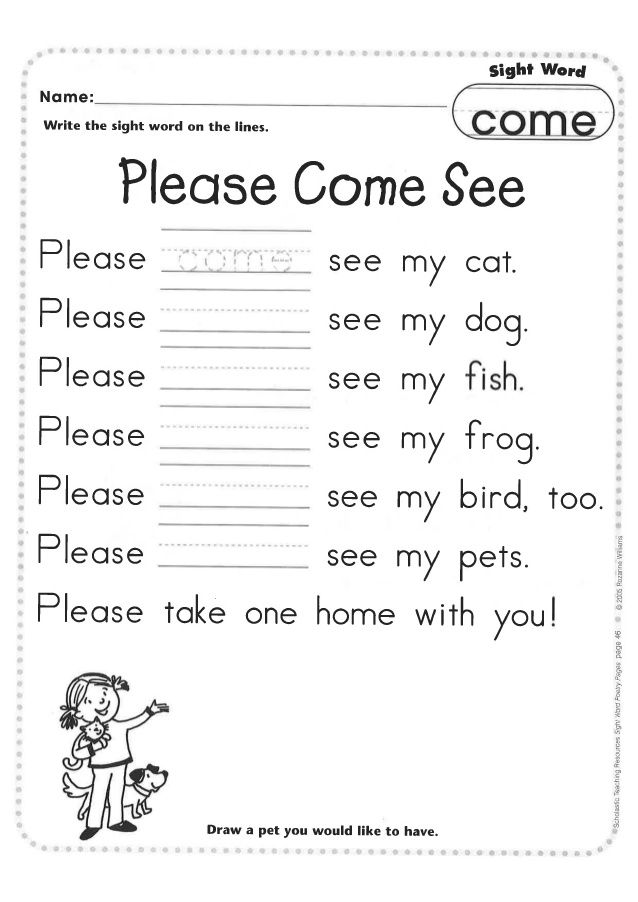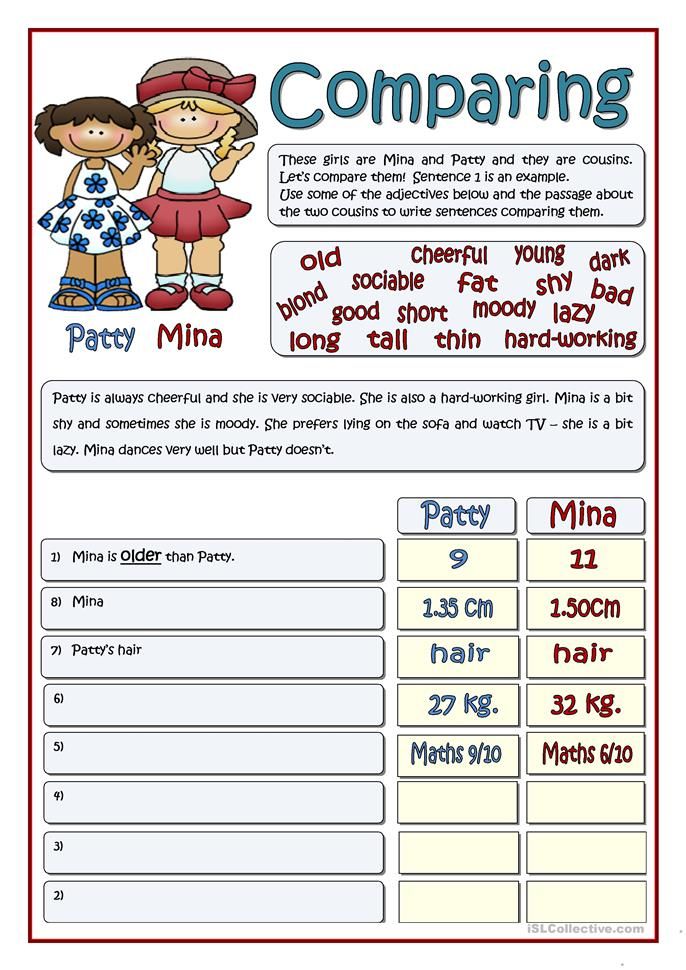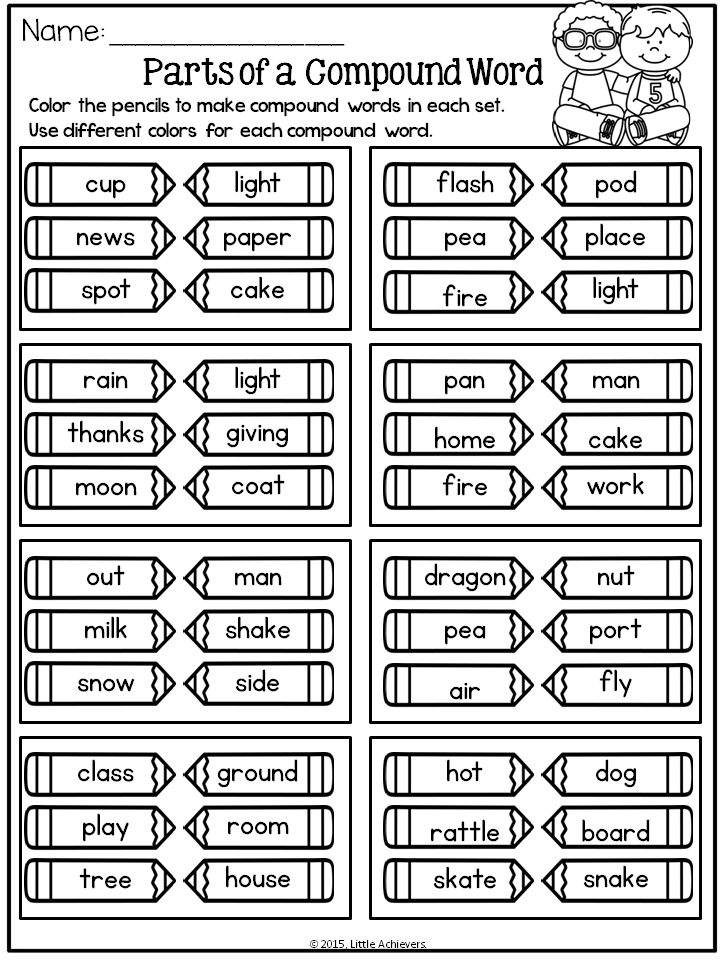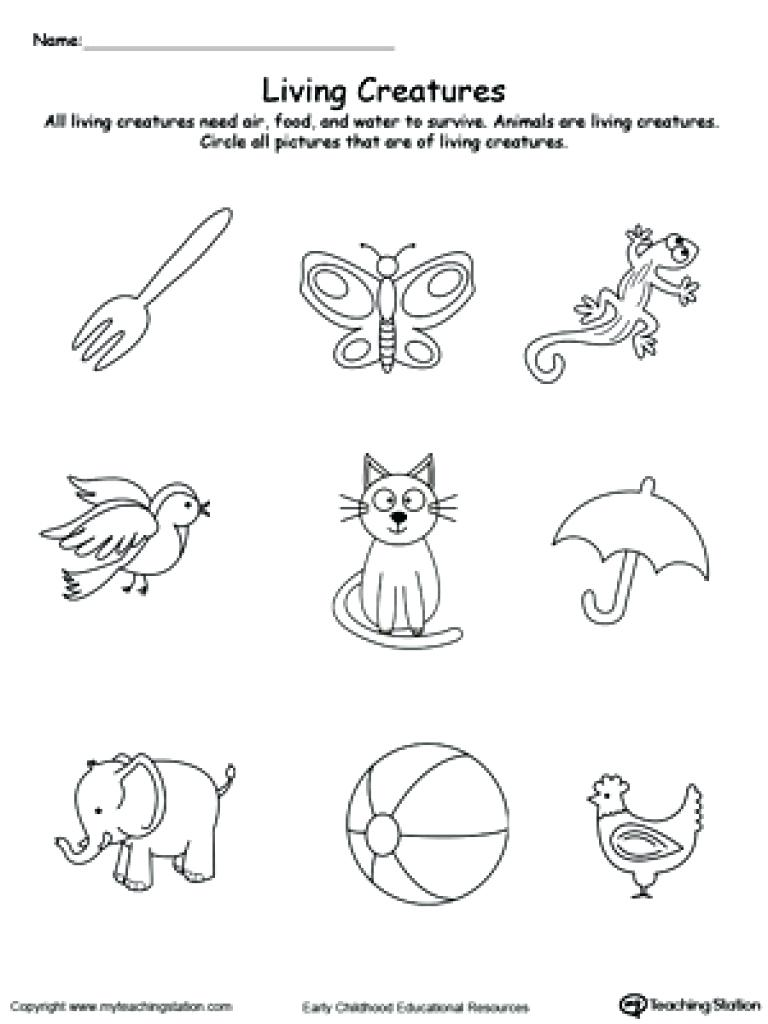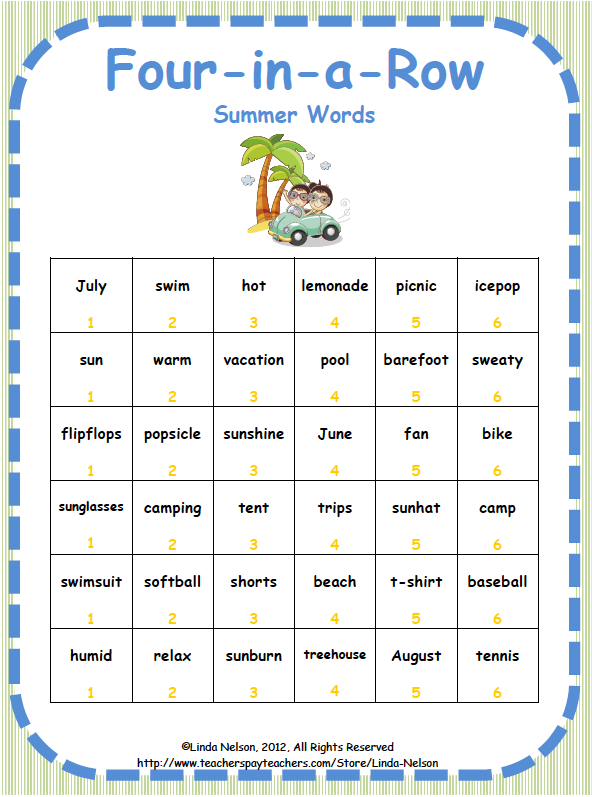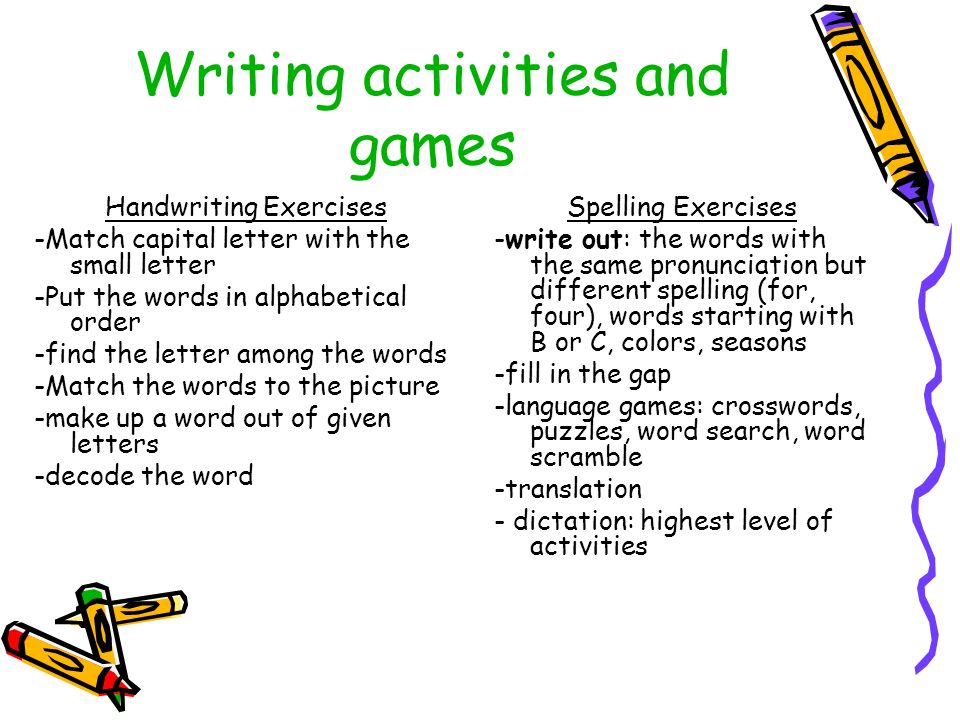Out sight word
What Science Says About Making Sight Words Stick
Sight words are words that you just have to memorize because they don’t “follow the rules”, right? Actually, wrong! Many of us, including myself, have taught this for years. In fact, I was taught this as a student. However, this is just not true. The good thing is that the truth is this: sight words actually CAN be sounded out. Well, most of them. And, the ones that do have parts that don’t follow the typical letter sound patterns? Typically parts of them can be sounded out. So, let’s take a closer look at the truth about sight words and how the science of reading can actually make teaching new words easier!
So, what exactly IS a sight word?
When you hear the word “sight word” or “high frequency word” the names Dolch and Fry might come to mind. Many teachers, myself included, were taught that sight words are the most commonly used words and that they often can’t be decoded. This means students can’t sound them out, so they just have to memorize them.
Well, that’s only partly true. It is true that many of the “sight words” or “high frequency” words we teach are very frequently used in spoken and written English language. However, the idea that we just have to memorize them because they can’t be sounded out is far from true.
Actually, you know a whole lot more than 500 sight words. Adults can recognize between 30,000 and 70,000 sight words! (stat from here) A sight word is just a word that you can recognize by sight. Think about when you read. You don’t need to sound out many words at all. You probably only need to sound out new or unusual words. Just think about when you’re reading this article. I’m using very common words, and you’ve likely not needed to sound out even one. This article is most likely made up of words you can read on sight: ie sight words.
How do we gain so many sight words?
So, how has your brain acquired so many words you can read on sight? You’ve learned the sounds, rules, and patterns that make up the English language. Whether it was taught implicitly or not, you’ve developed the knowledge of how the English language which has allowed you to memorize so many words. You might be thinking “but you said you
don’t have to memorize sight words. This is true. Most parts of sight words don’t need to be memorized. They can be decoded just like other words. However, once your brain understand the patterns and recognizes the word, it no longer needs to sound it out each time. This leads you to commit the word to memory.
Whether it was taught implicitly or not, you’ve developed the knowledge of how the English language which has allowed you to memorize so many words. You might be thinking “but you said you
don’t have to memorize sight words. This is true. Most parts of sight words don’t need to be memorized. They can be decoded just like other words. However, once your brain understand the patterns and recognizes the word, it no longer needs to sound it out each time. This leads you to commit the word to memory.
How do we help students learn “sight words”?
Now, here’s what you’re really here for. How can we use the science of reading to teach students how to read so called “sight words”? The answer is that we teach students to breakdown the words and discover which letters represent each sound. Most high frequency words follow regular spelling patterns. Their might be parts that don’t, so we address those. In my classroom, we break it down to three steps.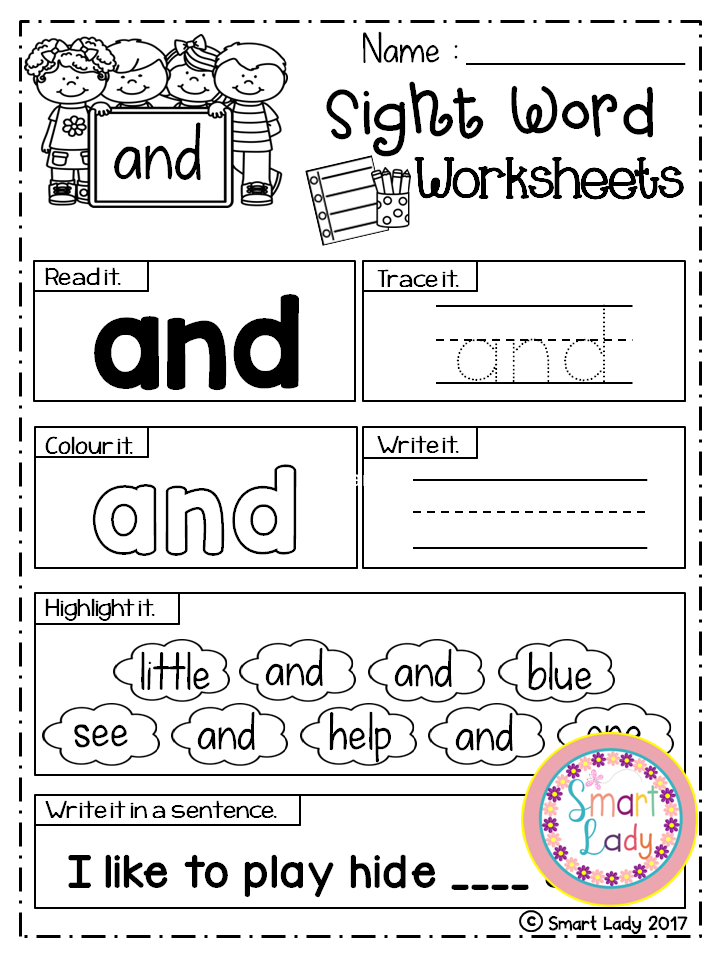 Tap It, Map It, and Graph It. I use a printable template like the one shown in the examples. You can download this template for free in my free resource library for email subscribers.
Tap It, Map It, and Graph It. I use a printable template like the one shown in the examples. You can download this template for free in my free resource library for email subscribers.
Tap It
First, when teaching students a new word, we can have them tap the word. Coming from a fundations background, we tap out the word touching our thumb to our pointer, middle, ring, and then pinky fingers as necessary. Let’s use the word “said” as an example. We aren’t listening for how many letters. We are listening for how many sounds. So, I will say “said”, my students repeat “said”. Then, together we tap it and break it down into how many sounds we hear: /s/ /eh/ /d/. Said has 3 phonemes or sounds. I always have my students tell me how many sounds they hear.
Map It
Next, I have my students map, or show, how many sounds they hear with counters. This is similar to elkonin boxes. They put one counter for each sound.
Graph It
Lastly, we graph it. Graphemes are the letters that make up the phonemes (sounds). We do this one sound at a time. For “said”, we start with the initial sound /s/ which is represented by the letter s. When we move to the second sound /eh/, it is not represented by the typical letter that makes that sound- e. I normally leave the counter on this sound (for now) and move on to the final sound /d/ which is represented by the letter d. As you can see, 2 out of the 3 sounds in the word are decodable! Now let’s look at how to handle that one part that isn’t decodable.
Graphemes are the letters that make up the phonemes (sounds). We do this one sound at a time. For “said”, we start with the initial sound /s/ which is represented by the letter s. When we move to the second sound /eh/, it is not represented by the typical letter that makes that sound- e. I normally leave the counter on this sound (for now) and move on to the final sound /d/ which is represented by the letter d. As you can see, 2 out of the 3 sounds in the word are decodable! Now let’s look at how to handle that one part that isn’t decodable.
What is a Heart Part?
After we’ve graphed all of the parts that are decodable, I will go back to the parts that aren’t, In the word “said”, that middle sound, /eh/, is represented by ai. I start by asking my students what letter or letters normally represent the /eh/ sound. Once they answer, I explain that they’re correct, but in this word, the /eh/ sound doesn’t follow the normal rules and is represented by different letters. I tell them this is a heart part.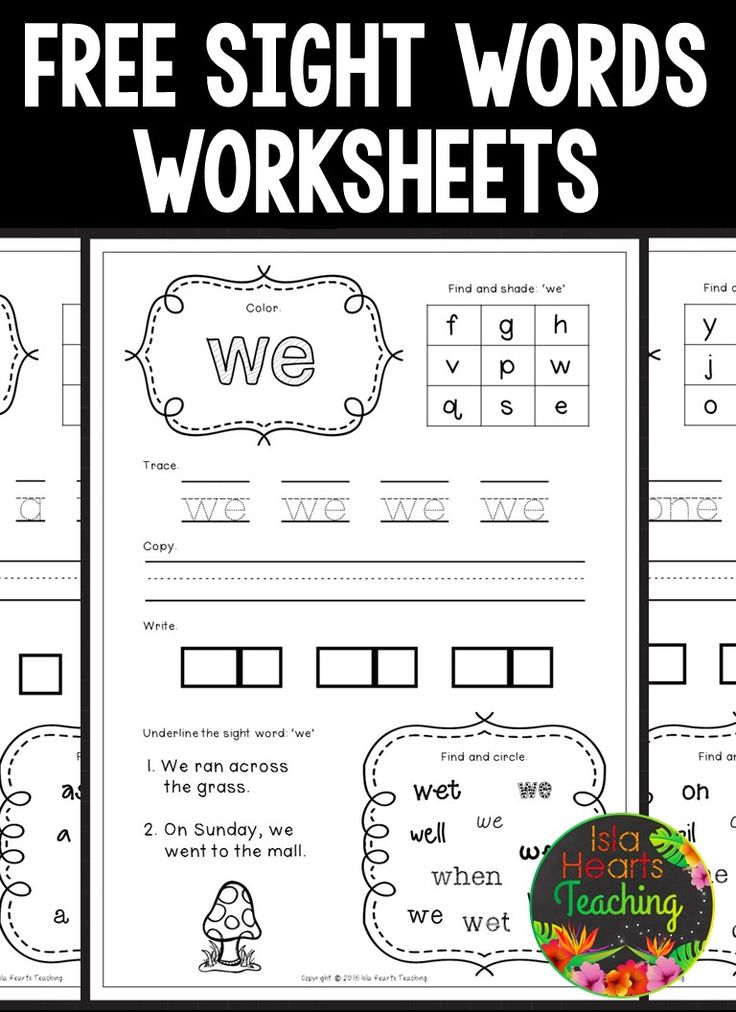
A heart part is a part of the word that doesn’t follow the normal pattern and we have to learn by heart. I will then ask if any students know what letters represent the sound, and we move the counter up and write it in the box. We draw a heart above it to remind ourselves that this part is a heart part. The beauty of this is that, instead of trying to memorize the whole word, they only have to memorize one part.
The Benefits of Learning Words with the Tap It, Map It, Graph It Method
Once we’ve written down the word in the boxes, we practice saying and spelling it. I then will have them write it underneath the boxes on their own. The amazing thing about learning sight words and any words in this way is that students will typically commit the word to memory after just practicing it a few times. When you’re trying to memorize the whole word without mapping it, it typically takes students many, many times.
It’s also great because you can tap, map, and graph any word.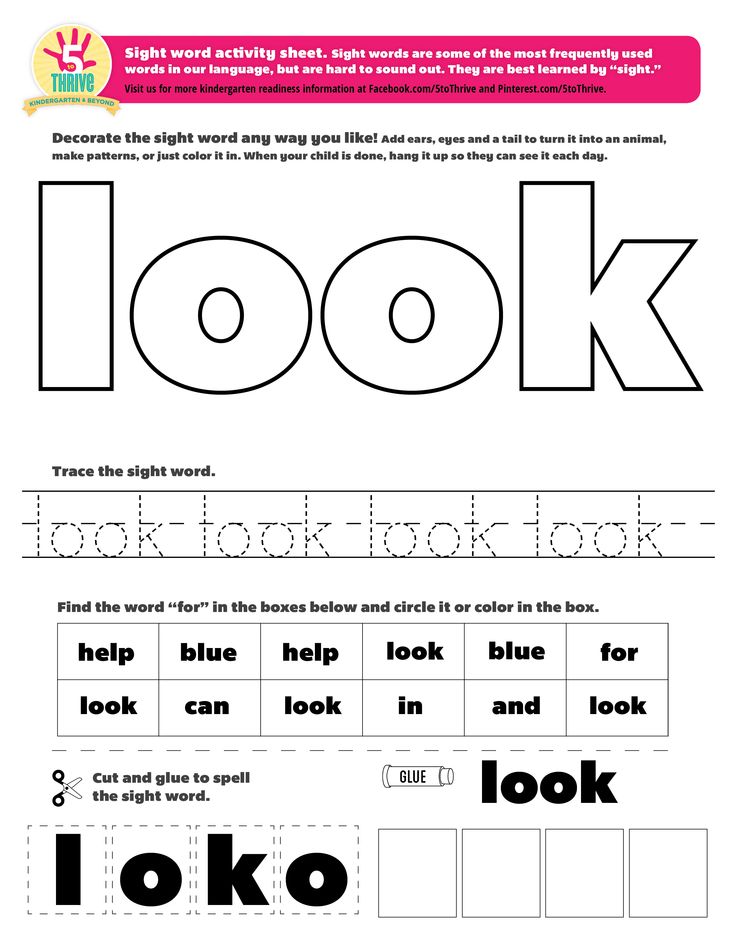 It allows students to learn any word in the same manner. It makes all words just words! You can use this method with decodable CVC words and longer words as well.
It allows students to learn any word in the same manner. It makes all words just words! You can use this method with decodable CVC words and longer words as well.
Click the picture below to download the Tap It, Map It, Graph It template from my free resource library for email subscribers.
You might also enjoy:
Using Syllables to Help Students Decode Words
The First 3 Minutes of Guided Reading
5 Simple Ways to Help Reluctant Readers
Find me on Instagram, Facebook, Twitter, and Pinterest!
Join my FREE Facebook Club for k-2 teachers here.
Save it for later!
Sight Words Teaching Strategy | Sight Words: Teach Your Child to Read
A child sees the word on the flash card and says the word while underlining it with her finger.
The child says the word and spells out the letters, then reads the word again.
The child says the word and then spells out the letters while tapping them on her arm.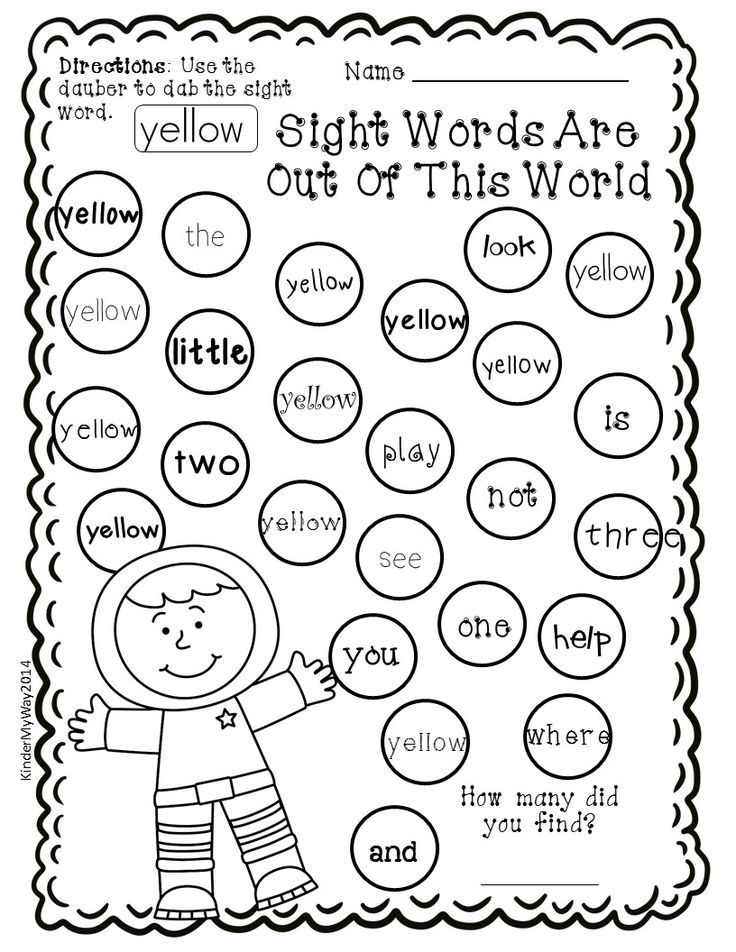
A child says the word, then writes the letters in the air in front of the flash card.
A child writes the letters on a table, first looking at and then not looking at the flash card.
Correct a child’s mistake by clearly stating and reinforcing the right word several times.
- Overview
- Plan a Lesson
- Teaching Techniques
- Correcting Mistakes
- Frequently Asked Questions
- Questions and Answers
Sight words instruction is an excellent supplement to phonics instruction. Phonics is a method for learning to read in general, while sight words instruction increases a child’s familiarity with the high frequency words he will encounter most often.
Use lesson time to introduce up to three new words, and use game time to practice the new words.
A sight words instruction session should be about 30 minutes long, divided into two components:
- Sight Words Lesson — Use our Teaching Techniques to introduce new words and to review words from previous lessons — 10 minutes
- Sight Words Games — Use our games to provide reinforcement of the lesson and some review of already mastered sight words to help your child develop speed and fluency — 20 minutes
Video: Introduction to Teaching Sight Words
↑ Top
2.1 Introduce New Words
When first beginning sight words, work on no more than three unfamiliar words at a time to make it manageable for your child. Introduce one word at a time, using the five teaching techniques. Hold up the flash card for the first word, and go through all five techniques, in order. Then introduce the second word, and go through all five teaching techniques, and so on.
This lesson should establish basic familiarity with the new words. This part of a sight words session should be brisk and last no more than ten minutes. As your child gets more advanced, you might increase the number of words you work on in each lesson.
2.2 Review Old Words
Begin each subsequent lesson by reviewing words from the previous lesson.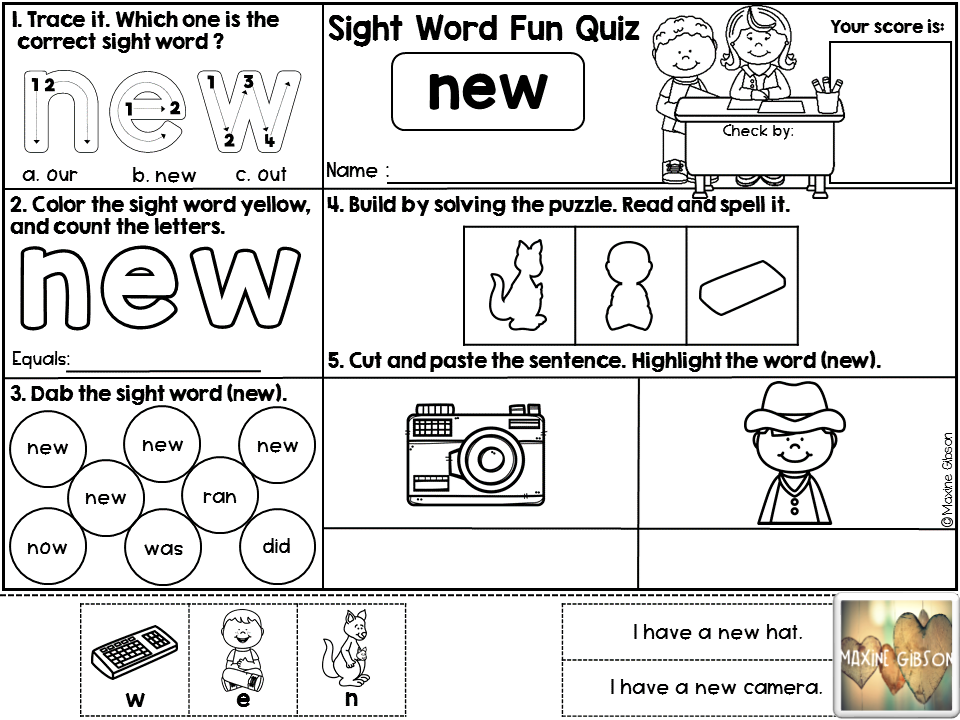 Words often need to be covered a few times for the child to fully internalize them. Remember: solid knowledge of a few words is better than weak knowledge of a lot of words!
Words often need to be covered a few times for the child to fully internalize them. Remember: solid knowledge of a few words is better than weak knowledge of a lot of words!
Go through the See & Say exercise for each of the review words. If your child struggles to recognize a word, cover that word again in the main lesson, going through all five teaching techniques. If he has trouble with more than two of the review words, then set aside the new words you were planning to introduce and devote that day’s lesson to review.
Note: The child should have a good grasp of — but does not need to have completely mastered — a word before it gets replaced in your lesson plan. Use your game time to provide lots of repetition for these words until the child has thoroughly mastered them.
2.3 Reinforce with Games
Learning sight words takes lots of repetition. We have numerous sight words games that will make that repetition fun and entertaining for you and your child.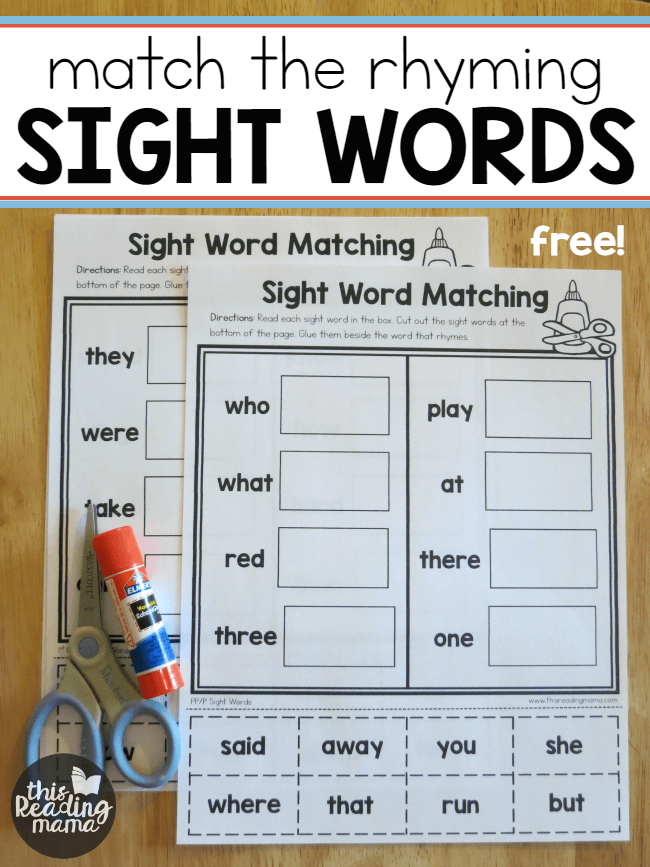
The games are of course the most entertaining part of the sight words program, but they need to wait until after the first part of the sight words lesson.
Games reinforce what the lesson teaches.
Do not use games to introduce new words.
NOTE: Be sure the child has a pretty good grasp of a sight word before using it in a game, especially if you are working with a group of children. You do not want one child to be regularly embarrassed in front of his classmates when he struggles with words the others have already mastered!
↑ Top
Introduce new sight words using this sequence of five teaching techniques:
- See & Say — A child sees the word on the flash card and says the word while underlining it with her finger.
- Spell Reading — The child says the word and spells out the letters, then reads the word again.
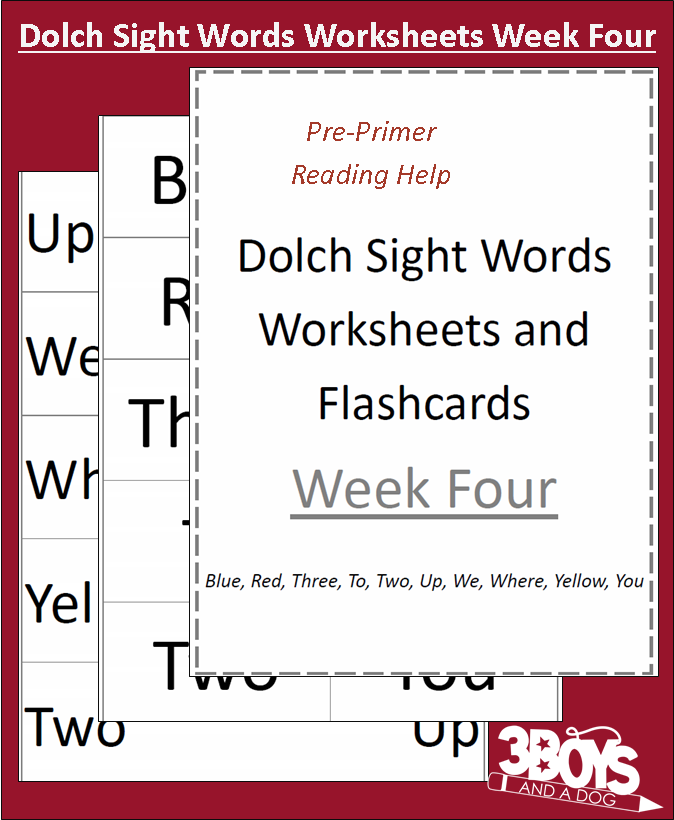
- Arm Tapping — The child says the word and then spells out the letters while tapping them on his arm, then reads the word again.
- Air Writing — A child says the word, then writes the letters in the air in front of the flash card.
- Table Writing — A child writes the letters on a table, first looking at and then not looking at the flash card.
These techniques work together to activate different parts of the brain. The exercises combine many repetitions of the word (seeing, hearing, speaking, spelling, and writing) with physical movements that focus the child’s attention and cement each word into the child’s long-term memory.
The lessons get the child up to a baseline level of competence that is then reinforced by the games, which take them up to the level of mastery. All you need is a flash card for each of the sight words you are covering in the lesson.
↑ Top
Of course, every child will make mistakes in the process of learning sight words. They might get confused between similar-looking words or struggle to remember phonetically irregular words.
They might get confused between similar-looking words or struggle to remember phonetically irregular words.
Use our Corrections Procedure every time your child makes a mistake in a sight words lesson or game. Simple and straightforward, it focuses on reinforcing the correct identification and pronunciation of the word. It can be done quickly without disrupting the flow of the activity.
Do not scold the child for making a mistake or even repeat the incorrect word. Just reinforce the correct word using our script, and then move on.
↑ Top
Q: Progress is slow. We have been on the same five words for a week!
A: It is not unusual to have to repeat the same set of words several times, especially in the first weeks of sight words instruction. The child is learning how to learn the words and is developing pattern recognition approaches that will speed his progress.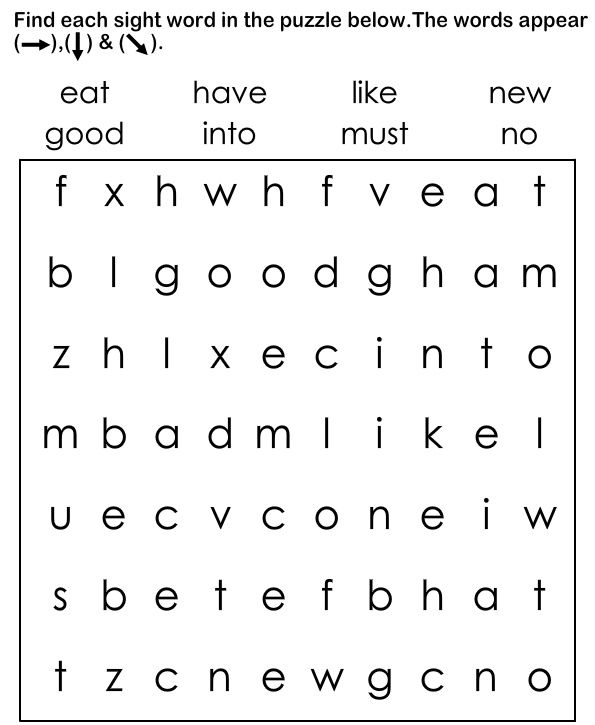 Give him time to grow confident with his current set of words, and avoid overwhelming the child with new words when he hasn’t yet become familiar with the old words.
Give him time to grow confident with his current set of words, and avoid overwhelming the child with new words when he hasn’t yet become familiar with the old words.
Q: Do I really need to do all five techniques for every word?
A: Start out by using all five techniques with each new word. The techniques use different teaching methods and physical senses to support and reinforce the child’s memorization of the word. After a few weeks of lessons, you will have a sense for how long it takes your child to learn new words and whether all five exercises are necessary. Start by eliminating the last activity, Table Writing, but be sure to review those words at the next lesson to see if the child actually retained them without that last exercise. If the child learns fine without Table Writing, then you can try leaving out the fourth technique, Air Writing. Children who learn quickly may only need to use two or three of the techniques.
Q: How long will it take to get through a whole word list? I want my child to learn ALL the words!!!
A: That depends on a number of factors, including frequency of your lessons as well as your child’s ability to focus.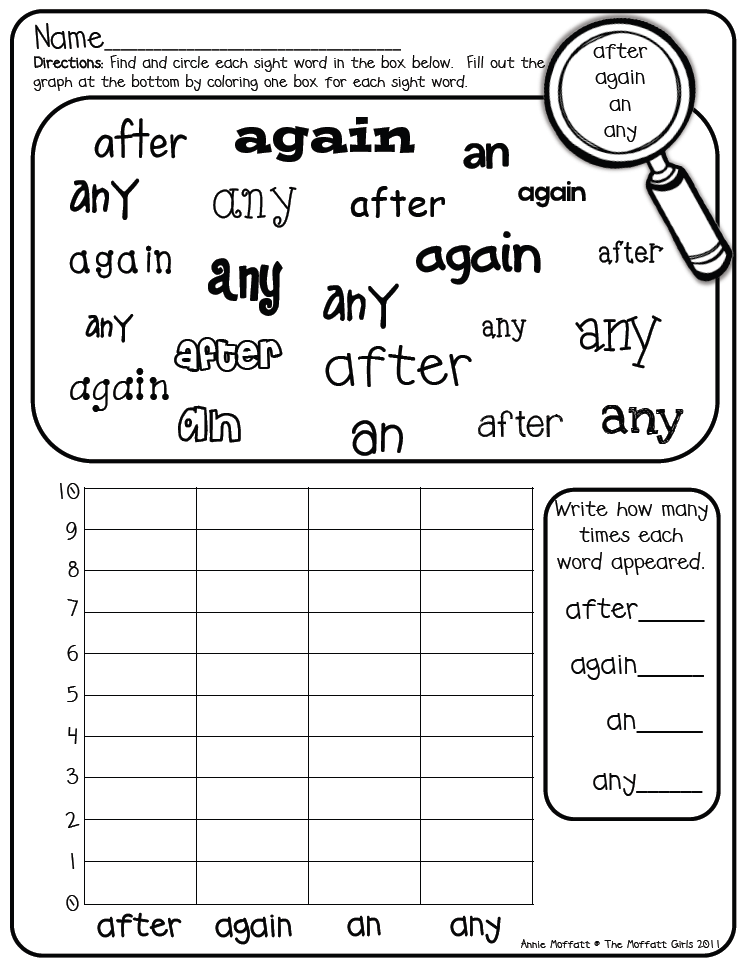 But do not get obsessed with the idea of racing through the word lists to the finish line. It is much, much better for your child to solidly know just 50 words than to “kind of” know 300 words. We are building a foundation here, and we want that foundation to be made of rock, not sand!
But do not get obsessed with the idea of racing through the word lists to the finish line. It is much, much better for your child to solidly know just 50 words than to “kind of” know 300 words. We are building a foundation here, and we want that foundation to be made of rock, not sand!
↑ Top
Leave a Reply
%d0%b2%d0%bd%d0%b5 %d0%bf%d0%be%d0%bb%d1%8f d1%8f: translation into Romanian, meaning, synonyms, antonyms, example sentences | HTML Translate | Russian-Romanian online translator
- OpenTran - Online Translator & Dictionary
- Dictionary
- Privacy policy
- Meaning
- Synonyms
- Antonyms
- pronunciation of
- Transcription
- Sample proposals
- AF
- AM
- AR
- AZ
- BE
- BG
- BN
- BS
- CA
- CEB
- CN
- CO
- CS
- CY
- DA
- DE
- EL
- EN
- EO
- ES
- ET
- EU
- FA
- FI
- FR
- FY
- GA
- GD
- GL
- GU
- HA
- HAW
- HI
- HMN
- HR
- HT
- HU
- HY
- ID
- IG
- IS
- IT
- IW
- Ja
- JW
- KA
- KK
- KM
- KN
- KO
- KU
- KY
- LA 9000 LB 9000 LO 9000 LO 9000 LO 9000 LO 9000 LO 9000 LO 9000 LO 9000 LB 9000 LB 9000 LB 9000 LB 9000 LB 9000 LB0004
- LT
- LV
- MG
- MI
- MK
- ML
- MN
- MR
- MS
- MT
- MY
- NE
- NL
- NO
- NY
- OR
- PA
- PL
- PS
- PT
- RO
- RU
- RW
- SD
- SI
- SK
- SL
- SM
- SN 9000 SN 9000 SN 9000 SN 9000 SN 9000 SN 9000 SN 9000 SN 9000 SN 9000 SN 9000 SN 9000 SN2 SO
- SQ
- SR
- ST
- SU
- SV
- SW
- TA
- TE
- TG
- TH
- TK
- TL
- TR
- TT
- UK
- UR
- UZ
- VI
- XH
- YI
- YO
- ZU
%d0%b2%d0%bd%d0%b5 %d0%bf%d0%be%d0%bb%d1%8f %d1%8f
%d0%b2%d0%bd%d0%b5 %d0%b8%d1%8f
Translate
Similar words: %d0%b2%d0%bd%d0%b5 %d0%bf%d0%be%d0%bb%d1%8f %b8%d1%8f
Synonyms & Antonyms: not found
Sample sentences:d0%bd%d0%b8%d1%8f | |
|---|---|
People experience a rapid onset of pain in one eye, then blurred vision in part or all of their visual fields.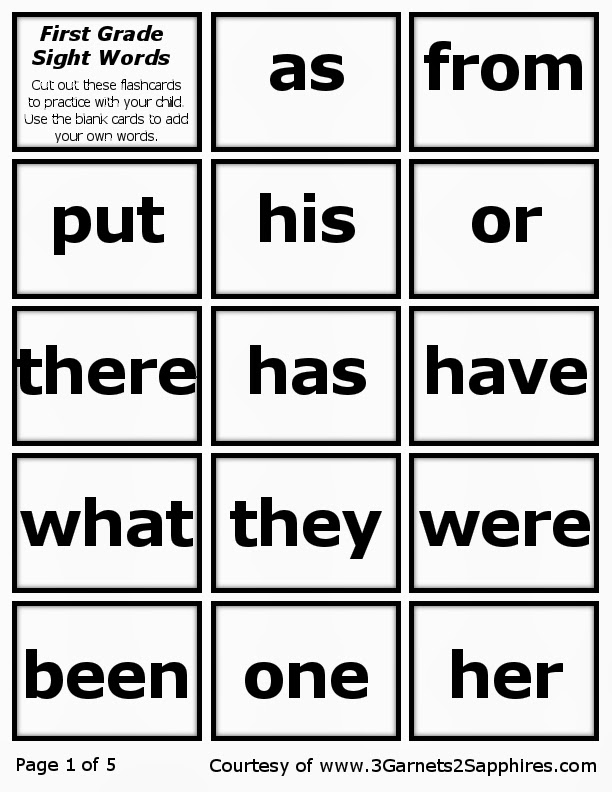 | Indivizii experimentează apariția rapidă a durerii la un ochi urmată de o vedere încețoșată în parte sau în întregul câmp vizual al acesteia. |
| A visual field test can be performed that assesses the extent to which ptosis affects upper vision. | Poate fi efectuat un test de câmp vizual, care evaluează gradul în care ptoza afectează vederea superioară. |
| As soon as our ships can trust the depths again, / and the southerly winds reproach, and the ocean smiles serenely, / we crowd on the beach, and launch, and the city and the coast / disappear from our sight. | De îndată ce navele noastre pot avea încredere în adâncuri încă o datăși / și vânturile de sud se răstoarnă, iar Oceanul zâmbește senin, / aglomerăm plaja și lansăm, iar ororașiulșul. |
| How did you manage to stay out of sight for so long? | Cum ai reușit să rămâi sub radar atât de mult timp? |
Death is only a horizon.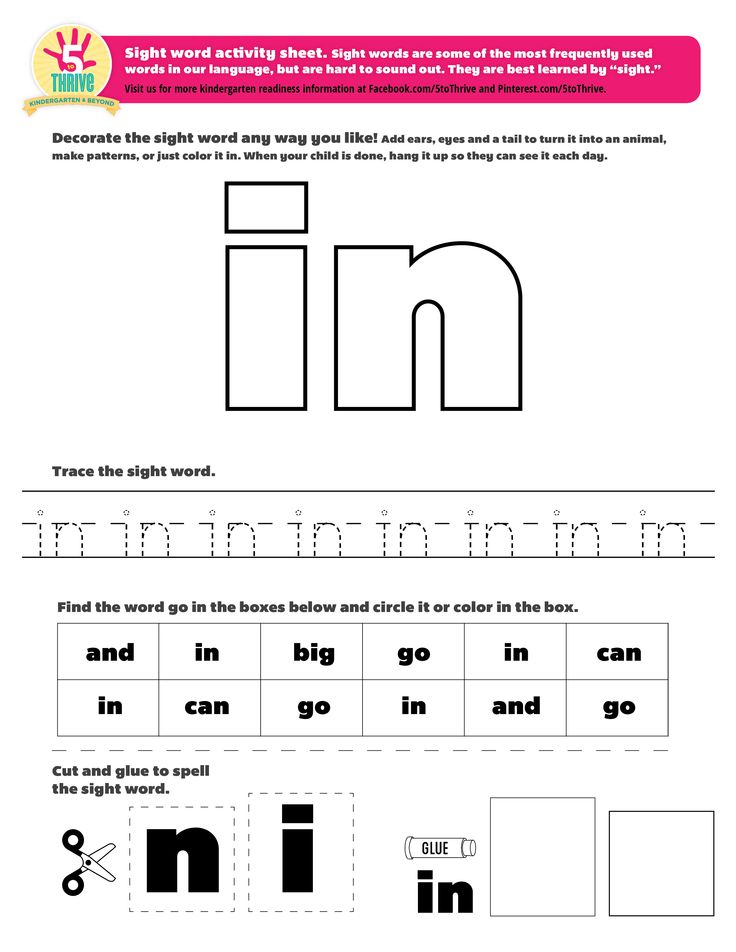 And the horizon is just the edge of our field of vision. And the horizon is just the edge of our field of vision. | Moartea nu este decât un orizont. Iar un orizont este doar marginea campului nostru vizual. |
| You can see the ocean from this narrow field of view. | Puteți vedea oceanul din acest câmp de vedere îngust. |
| Now that his wife has disappeared from view, he himself has the opportunity to explore his relationship with Leila even more deeply. | Cu soția sa ieșită din imagine, Sami a avut libertatea de a - și explora relația cu Layla și mai departe. |
| Bright colors, yes, but below them, out of sight of the untrained eye, | Culori vibrante, da, dar sub ele, ferite de ochiul neantrenat, |
| And as soon as I was out of sight of the curse, I realized that the walls had collapsed. | Și odată ce am fost în afara viziunii blestemului, am știut că pereții erau jos.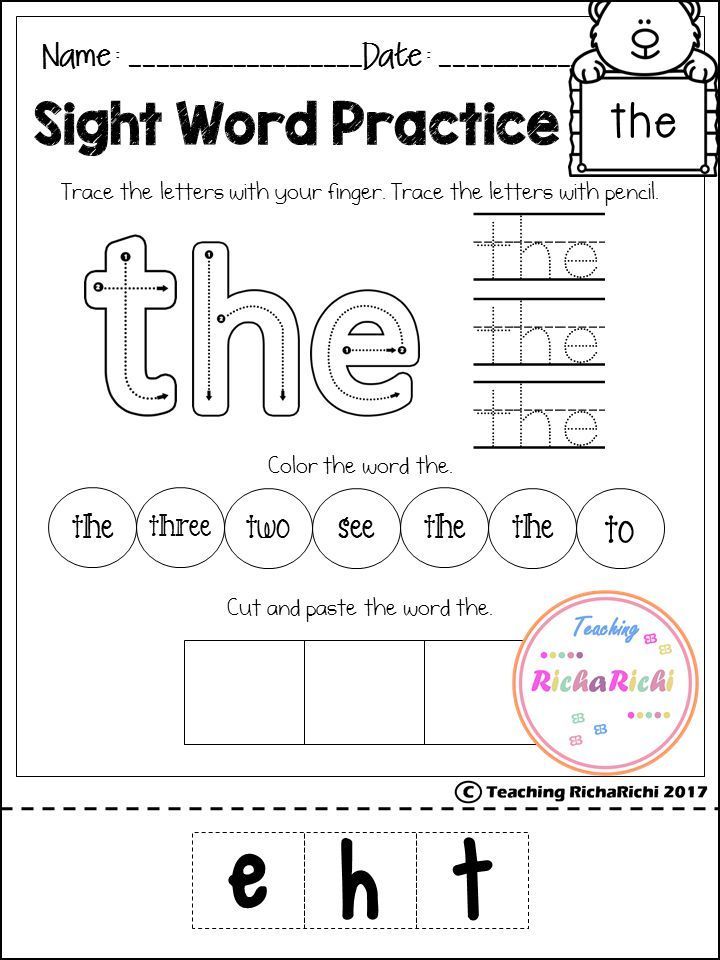 |
| You kept the kids out of sight here until the police stopped searching. | Ai ținut copiii aici, la vedere, până când poliția a oprit percheziția. |
| As the Earth rotates, the guide star or galaxy disappears from the telescope's field of view in just a few minutes. | Pe măsură ce Pământul se întoarce, o stea - ghid sau o galaxie ar fi în derivă din câmpul vizual al telescopului în doar câteva minute. |
| For five hundred years she remained out of sight and out of reach... but there was another person who was also looking for the ring. | Timp de cinci sute de ani a rămas în afar ochilor lui și dincolo de atingerea lui ... dar a fost un altul care a căutat și Inelul. |
| Don't let her out of your sight » | Nu o lăsați să vă fie văzută. " |
| This guy stays out of sight. | Tipul ăsta rămâne sub radar.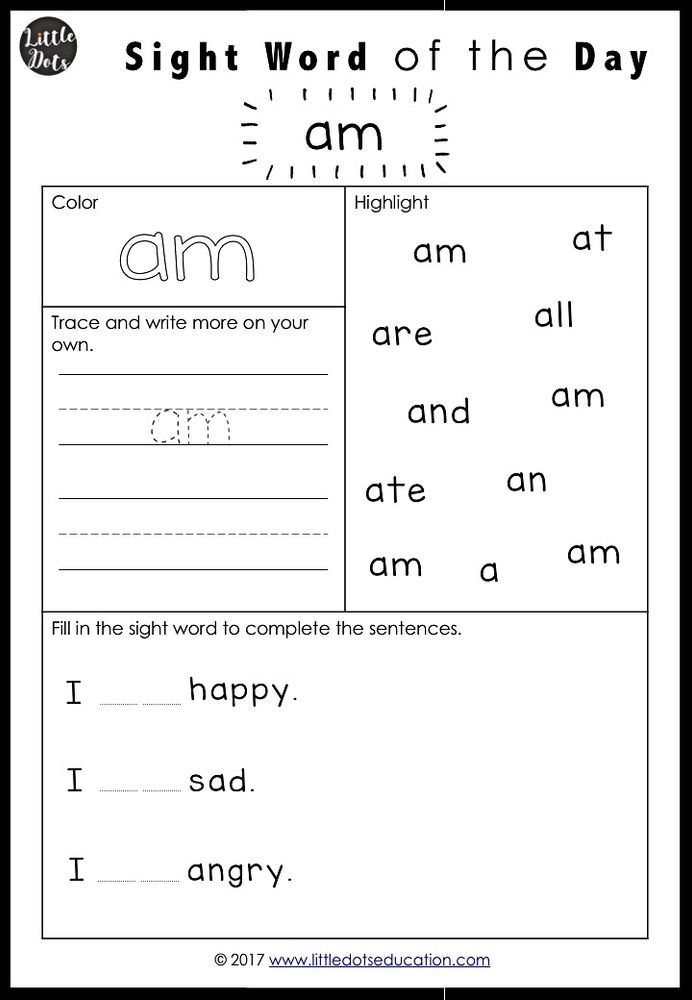 |
| She knows how to stay out of sight. | Știe cum să rămână în afara radarului. |
| Then I threw a piece of paper down the throat of one of them, and instead of slowly falling down, he immediately disappeared from view. | Mai departe, am aruncat o bucată de hârtie în gâtul unuia și, în loc să flutură încet în jos, a fost imediat aspirată repede din vedere. |
| In addition, he can enter the forest and hide from the view of the pursuer. | Dincolo de asta, el ar putea intraîn pădure și a ieși din vederea urmăritorului său. |
| Whit wants the Eel out of sight and into my account. | Whit vrea ca Eels să se afle din imagine și să - și pătrundă un cont cu mine. |
| Too many areas out of view. | Există prea multe zone în afara vederii. |
I keep both of you out of sight.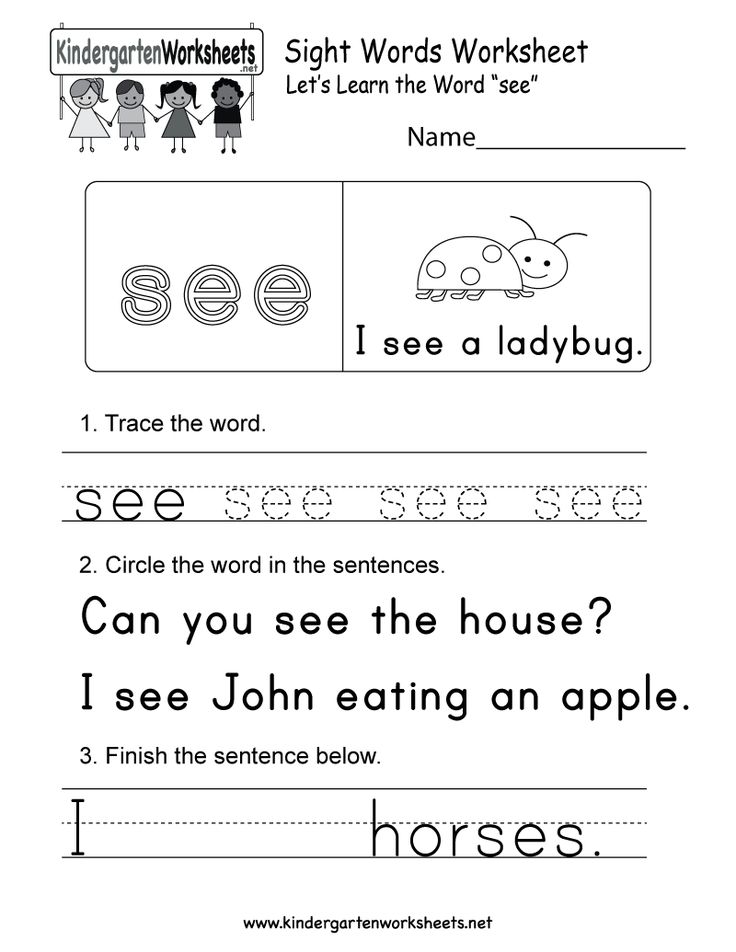 So I'm blocking up this car. in So I'm blocking up this car. in | Vățin pe amândoi departe de vedere. Deci închid această mașină. |
| Deleting I/O from memory card $D000-$DFFF frees up RAM. | Prin eliminarea I/O din harta memoriei, $D000–$DFFF devine RAM liberă. |
| D0260, a prototype diesel locomotive built by the Birmingham Railway Carriage and Wagon Company in 1962, named Lion. | D0260, un prototip de locomotive diesel construit de Birmingham Railway Carriage and Wagon Company în 1962 a fost numit Lion. |
| Breathing gas containers for marine use may be coded and marked in accordance with IMCA D043. | Recipientele de gaz respirabil pentru utilizare offshore pot fi codificate și marcate conform IMCA D043. |
| Casio introduced the GWF-D1000 at Baselworld 2016. | Casio a lansat modelul GWF - D1000 la Baselworld 2016. |
ASV51 - 100 were also equipped with Euro III D10A285 engines.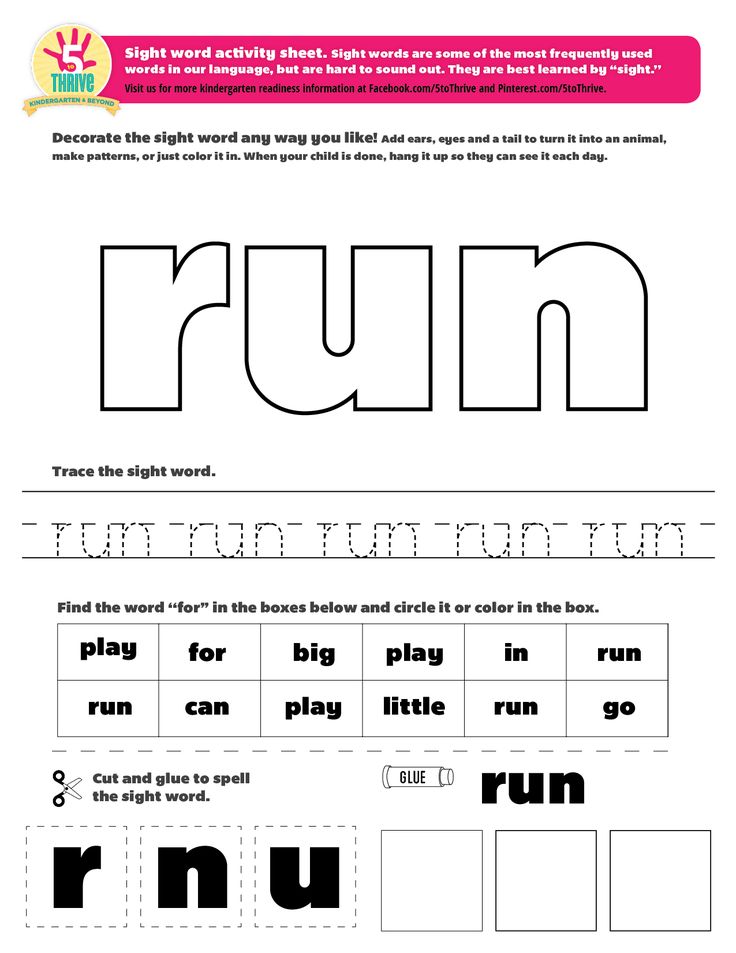 | ASV51 - 100 au fost echipate și cu motoare Euro III D10A285. |
| Château de Beaurepaire) is a castle on the D138 road between Montreuil and Campagne-les-Ezden in Pas-de-Calais, France. | Château de Beaurepaire este un castel de pe drumul D138 dintre Montreuil și Campagne - les - Hesdin în Pas - de - Calais, Franța. |
| Common starling, adult, inventory No. LIV D1417b, Leverian, Lot No. 3142. | Sturn comun, adult, nr de aderare. LIV D1417b, lotul Leverian nr. 3142. |
| Stone Partridge, adult, inventory no. LIV D1495b, Leverian lot no. 6083. | Perdiu de piatra, adult, aderare nr. LIV D1495b, lotul Leverian nr. 6083. |
| Adult crested myna, stock no. LIV D1504, Leverian, lot no. 1757. | Crested myna, adult, aderarea nr. LIV D1504, lotul Leverian nr. 1757. |
| D19E - 951 at Diêu Trì station February 15, 2011 | D19E - 951 la stația Diêu Trì pe 15 Februarie 2011.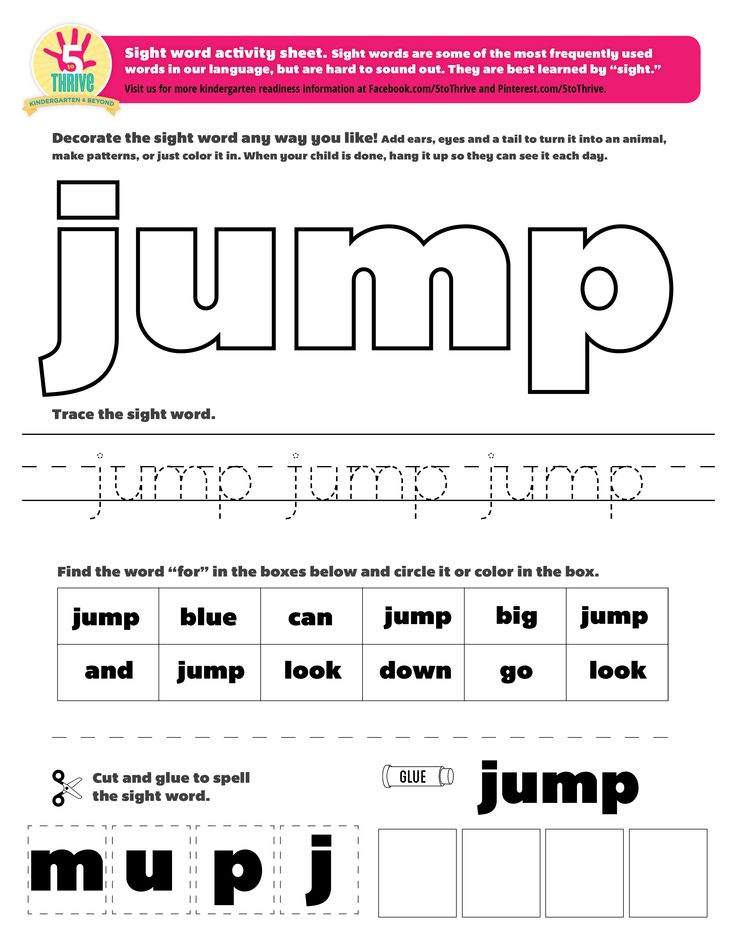 |
| Given the fact that the D1GP is a production car-only series, there are a number of different racing rules that a car must comply with in order to be eligible to compete. | Având în vedere faptul că D1GP este o serie destinată exclusiv mașinilor de serie, există o serie de reglementări diferite de cursă pe care vehiculul trebuie să le supună pentru a fi eligibil pentru concurență. |
| In 2007, former D1GP driver Hisashi Kamimoto retired from driving to become a judge. | În 2007, fostul pilot D1GP, Hisashi Kamimoto s - a retras din conducere pentru a se alătura ca judecător. |
Copyright© OpenTran
A woman with an incredibly narrow field of vision - why does this not prevent her from living?
- Helen Thompson
- BBC Future
Sign up for our 'Context' mailing list to help you understand what's going on.
Image copyright Thinkstock
Despite the fact that her eyes are perfectly healthy, Agnes cannot see several objects at once. When she looks at any object, everything else is out of sight. This unusual disorder has helped scientists learn more about how we perceive the world around us.
Look around. What do you see? Children playing outside the window, your office or a subway car full of people?
To create these complex visual images, the brain must process each individual object—your friend's nose, a colleague's ear, a door, a chair, a shoe—and then combine them into a coherent picture.
But this is not given to everyone. There are people in the world whose brain is not capable of putting the pieces of the puzzle together. At a particular moment in time, it can process only one object or part of it.
- What is it like to live in eternal darkness?
- Escape from the flat world: how to get three-dimensional vision back?
- Medical myths: is it true that glasses impair vision?
- Bionic eyes: how my vision returned
- Unconscious vision and imaginary blindness
This disease is called simultaneous agnosia.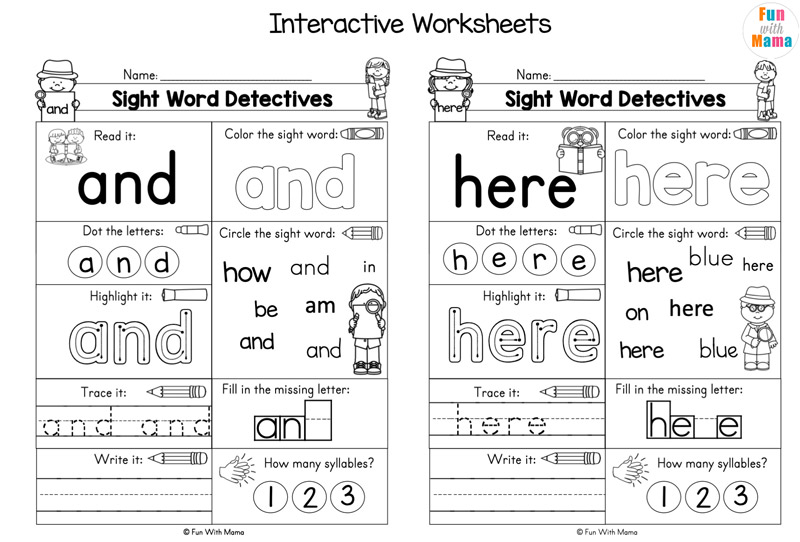 People who suffer from it literally cannot see the forest for the trees.
People who suffer from it literally cannot see the forest for the trees.
One unusual case of simultaneous agnosia has allowed scientists to make unique discoveries about this disease, as well as to better understand how our conscious and unconscious work together to create our reality.
A classic case
It all started with Agnes (the heroine's name has been changed). After a short illness, Agnes needed to be examined by a neurologist.
The results were the same, except for one thing - Agnes had difficulty describing what was depicted in the pictures that her attending physician Joel Schenker from the University of Missouri in Columbia (USA) showed her.
One of the pictures showed a boy stealing cookies from the table while his mother was doing the dishes. Agnes described the curtains and the window, but she couldn't tell what else was in the picture.
After a while, she looked at her again and said that she saw a boy stealing cookies, but could not describe the rest of the objects - the curtains, the window and the boy's mother.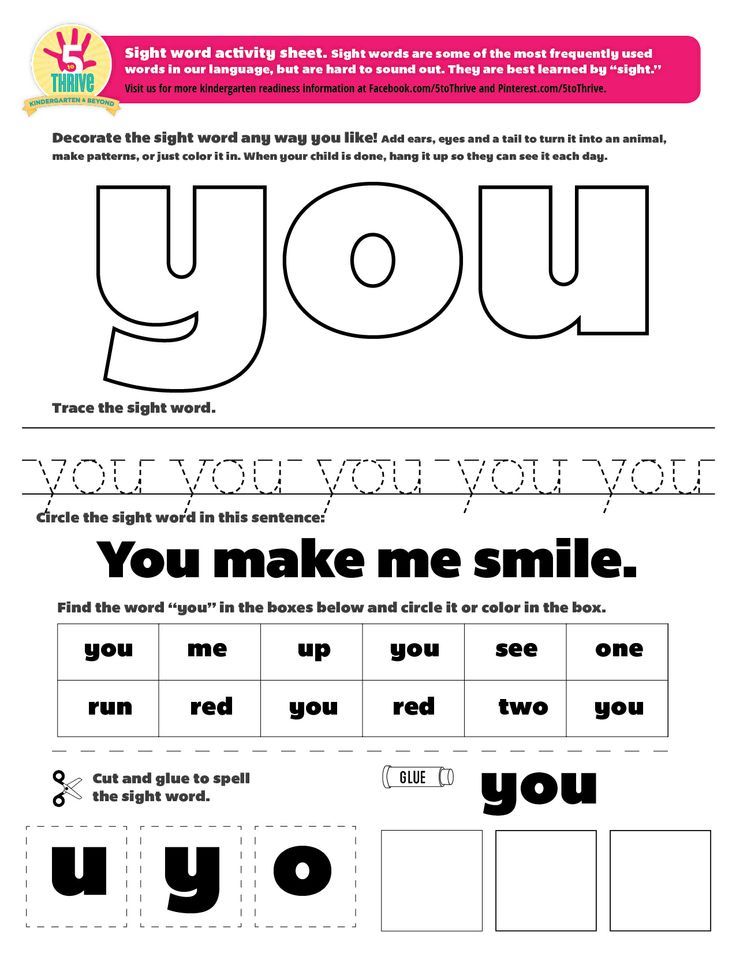
In a sense, this was a classic case of simultaneous agnosia: Agnes could see individual objects, but could not recognize their groups and make up a big picture.
However, unlike most people with this disease (often accompanied by Alzheimer's disease) and other types of dementia, Agnes was not found to have severe brain damage.
Image copyright, iStock
Image caption,People with the same disorder as Agnes would have a hard time understanding this simple image; for example, they can see a mug but not see a faucet
This meant that scientists had a unique chance to understand the mechanism of this disease.
The Invisible World
Schenker was amazed at the results of working with Agnes. "When we showed her the picture of the cookie theft, she said she saw a lot of lines, but all she could see was a plate," he says.
"Theoretically, if we showed her this picture several times, she would most likely be able to describe all the objects separately, but she would not be able to put them together.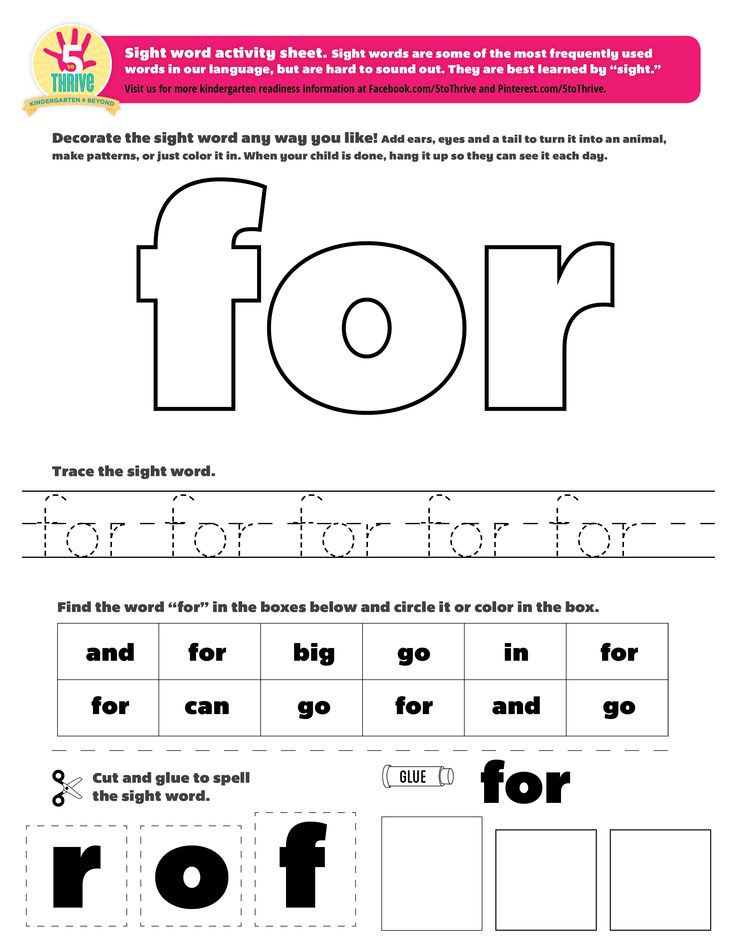 She never saw the whole picture."
She never saw the whole picture."
Skip the Podcast and continue reading.
Podcast
What was that?
We quickly, simply and clearly explain what happened, why it is important and what will happen next.
episodes
End of story Podcast
What was especially surprising was the fact that Agnes lived alone and did not experience any difficulties in everyday life.
"She even wondered why she needed to go to the doctor," says Schenker. "She didn't run into walls, she could find peas, carrots, and chicken in the kitchen and cook herself a full meal. We couldn't figure out how she did it."
According to Schenker, there could be only one logical explanation for this. Agnes' brain was most likely unconsciously processing information about the environment that her conscious mind had no access to.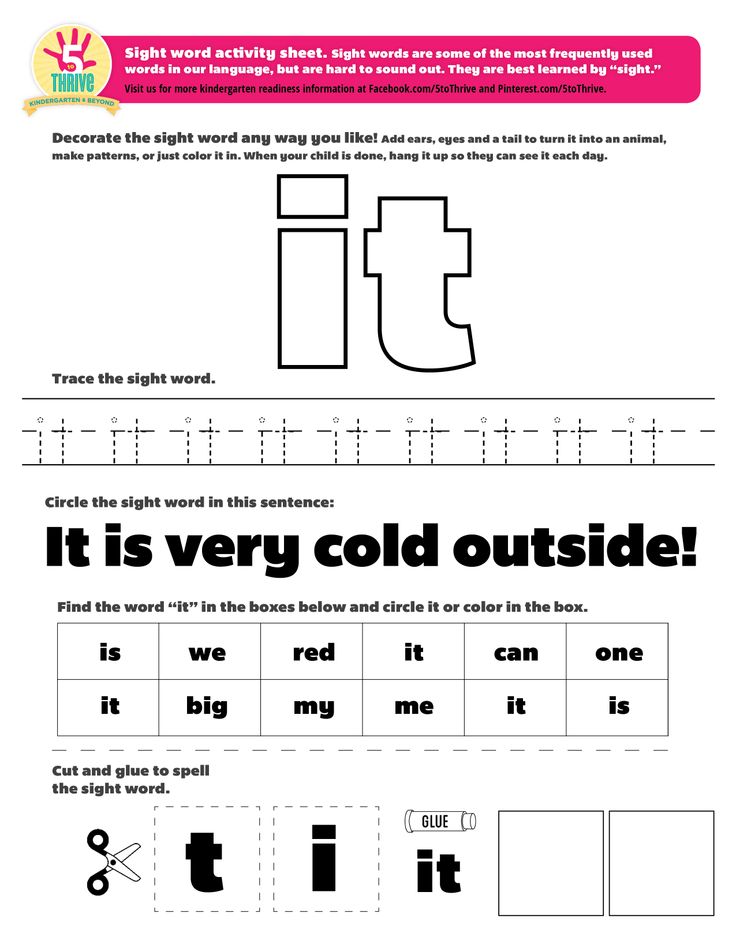
Schenker decided to test this theory with his own modification of the Stroop test. In the classic version, this test is carried out as follows: the subject is shown a card with the names of colors - for example, red, blue and green.
Each word is printed in red, blue, or green. If the color matches the meaning of the word, the participants name it faster than otherwise.
Schenker's version of the test used only the first letter of the color word. The letters "K", "C" and "Z" were printed in red, blue or green.
As with the classic test, participants named a font color faster when a letter matched a color name than when they didn't.
Schenker then assembled large capital letters from small letters. For example, a large letter "Z" consisted of small letters "b".
Photo copyright, Joel Shenker
Photo caption,An example of a modified Stroop test taken by Agnes
Letters determined how quickly the subject could name the color of the font.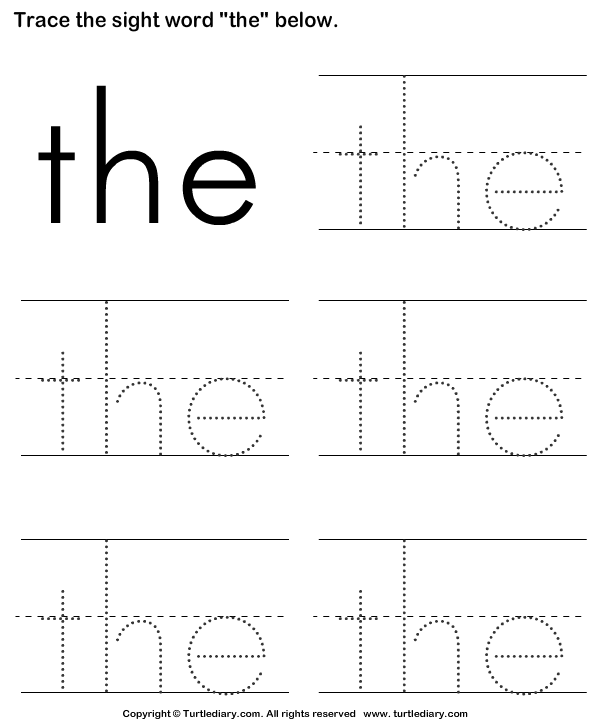 So, if both small and large letters matched the color of the font (a large letter "Z" consisting of small "z" green, for example), the participants called the color faster.
So, if both small and large letters matched the color of the font (a large letter "Z" consisting of small "z" green, for example), the participants called the color faster.
And if both letters or one of them did not match the color, it took longer to answer.
When Schenker and his colleague Matthew Roberts, also from the University of Missouri, showed these letters to Agnes, she said she only saw small letters.
"We showed her a large 'Z' made up of small 'b's. She only saw those small letters," Schenker says.
"Even when we asked her to run her finger along the outline of the letter 'Z', she couldn't see it. All she could see was the small letters 'b'.
And then something very strange happened. When Agnes called out the color of the font, the speed of her response was affected by the presence of a capital letter, and just as much as the responses of other participants.
So, for example, if she was shown a large letter "K" consisting of small letters "b" in red color, she named the color of the font faster than in the case of the letter "Z" composed of the same red letters "b".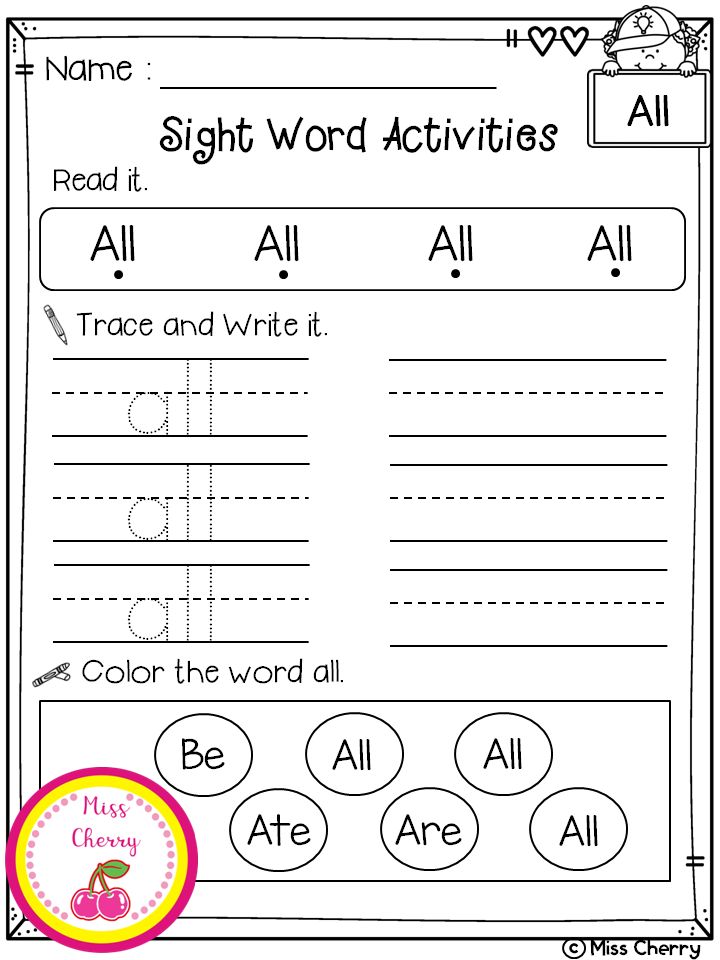
This indicated that some part of her brain was receiving information about this large letter, even if she did not consciously perceive it.
Conscious and unconscious
Unconscious processing of a large amount of information coming from outside gives our consciousness the opportunity to focus on the most important.
Without realizing it, we count on this ability of our brain. Schenker explains this with the "party effect" as an example.
"Imagine you are talking to George during a party, and there are a lot of people around, glasses are clinking from everywhere. Sally and David are standing in the corner of the room, and I ask you:" What were they talking about? ".
You probably won't be able to tell me anything about their conversation. But if Sally calls your name, you will hear it.
If I asked you "Who said your name?" you would probably answer that it was a male or female voice, or even give the person's name and a few words spoken before yours was said.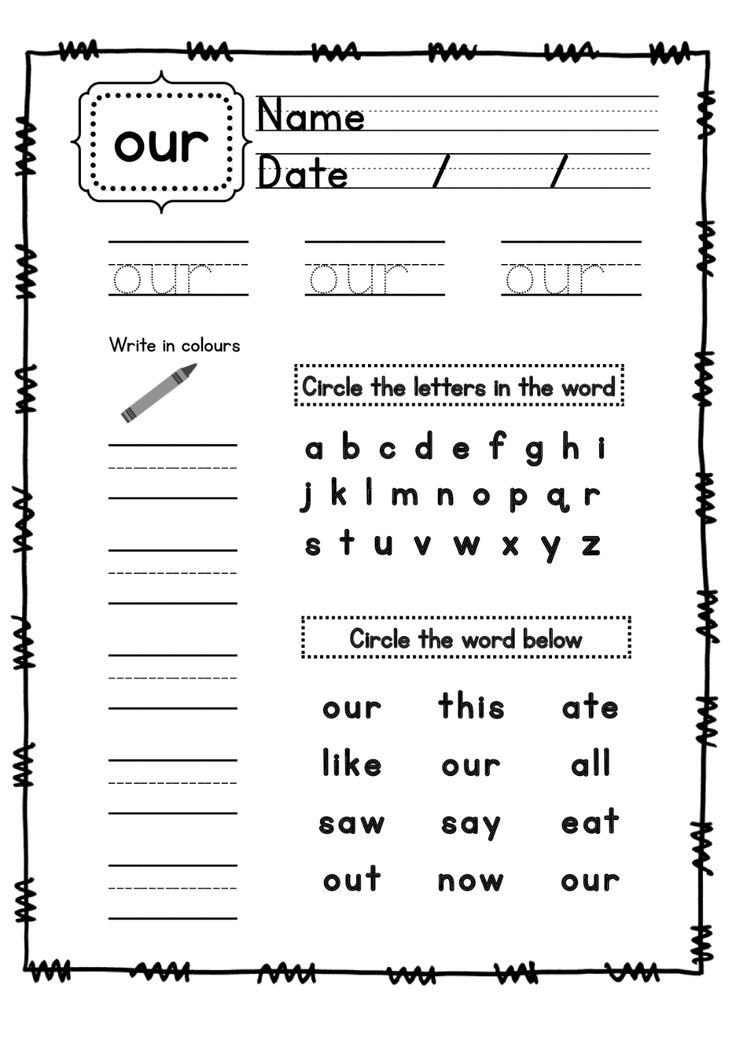 name".
name".
Image copyright, iStock
Image caption,Even in a crowd, we unconsciously wait for someone to call out to us
How is this possible? You could only do this if your brain processed all the information in this room.
And only when it became necessary to focus on one particular stream - after your name was called - did this information enter your consciousness.
"The brain takes into account a lot of data that you might need later," Schenker says.
His tests showed that Agnes' brain was still able to group objects and could use this information, although she did not realize it.
"The fact that she had no problems in her daily life shows how much information the brain is able to process unconsciously, and we just don't realize it," Schenker says. "I've never seen a better evidence for this theory.
Fire! Fire!
Kirsten Dalrymple works at the University of Minnesota at Minneapolis where she studies perception.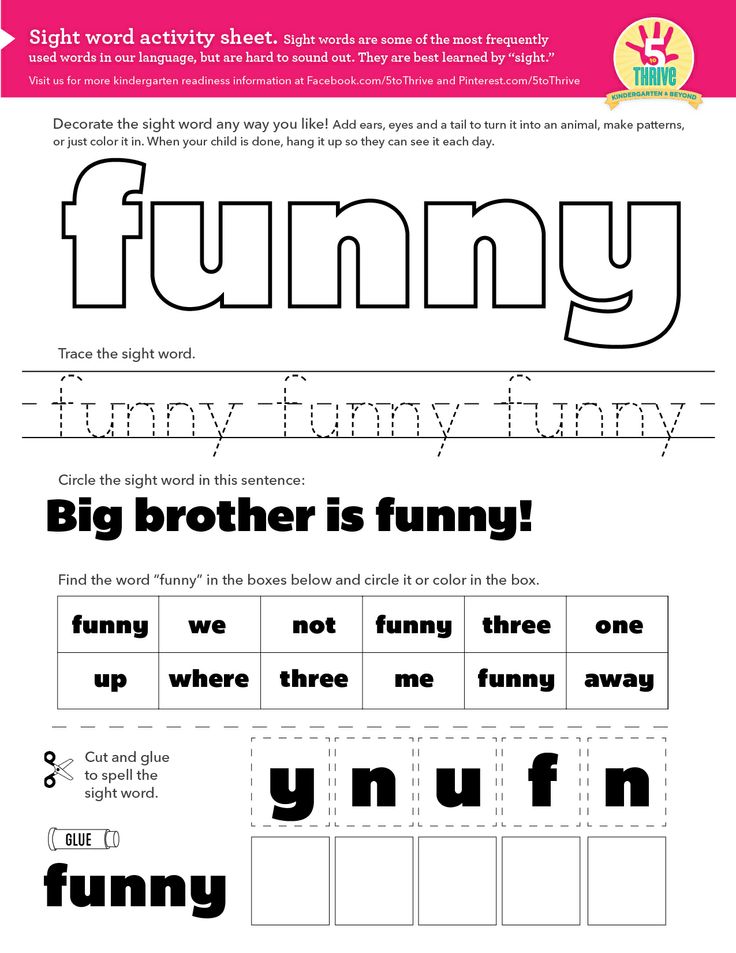 There are many other unusual examples of how the brain processes information unconsciously, she says.
There are many other unusual examples of how the brain processes information unconsciously, she says.
As an example, consider such a phenomenon as blindsight. This is the ability of a blind person to bypass obstacles and name objects shown to him with greater accuracy than if he did it just at random.
This is because the blindness in this case is not related to damage to the eyes, but to the processing of visual information in the brain.
Despite the fact that a person does not know what is in front of him, his healthy eyes are able to transmit information to the unconscious, where it is processed and used to control his actions.
In this video, you can see how a person with blind sight carefully avoids all obstacles in his path.
Another great example is one-sided spatial neglect. This is a neurological syndrome in which a person with brain damage is able to see only what is on the left or right.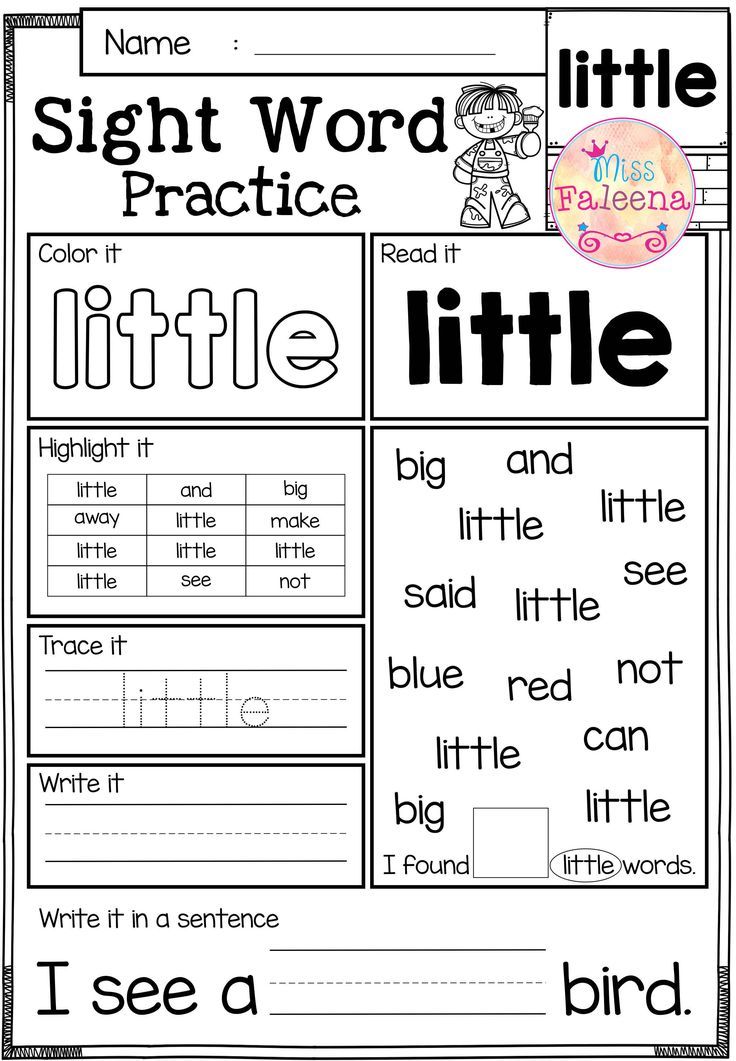
For example, if a person who is unable to perceive information coming from the left is shown a picture of a house, the left side of which is on fire, he will say: "I see a house."
If you show him the same picture, but the fire is on the right side of the house, he will say: "I see a house on fire."
However, if the same person is shown a picture of a house without fire, and a picture of the same house with the left side on fire, and then asked which house he would prefer to live in, he will choose the house without fire.
This means that on an unconscious level he perceived the information about the fire, although he could not consciously evaluate it.
Unlike people with unilateral spatial neglect syndrome, people with simultaneous agnosia can perceive information coming from both sides, but their attention is focused on only a small part of it.
Dalrymple calls this the attention window.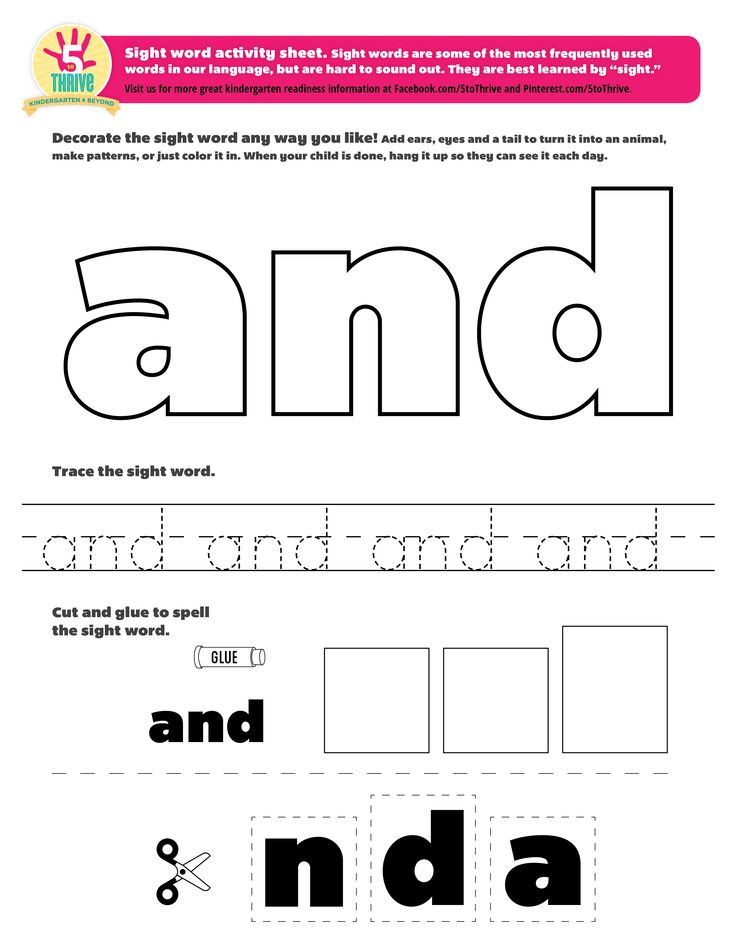 What your window of attention will be at any given moment depends on the circumstances.
What your window of attention will be at any given moment depends on the circumstances.
So, for example, if you're walking down a crowded street, your window of attention will be wide and you'll see many things at the same time. But if you suddenly see a squirrel at your feet, it will narrow as you focus on one object.
A narrow field of vision often occurs when we focus too much on one thing
Image copyright Thinkstock
image caption,The window of attention shrinks sharply when we focus too much on one thing
At this point, everything else on the street will recede into the background, become nothing more than a backdrop.
This technique is commonly used when performing disappearing objects tricks - the magician distracts the audience's attention from the big picture with a snap of their fingers or waving to remove an object that is outside their window of attention.
Scientists have not yet been able to figure out which areas of the brain control the windows of attention, however, apparently, an effective connection between the parietal and occipital lobes is required for this process.